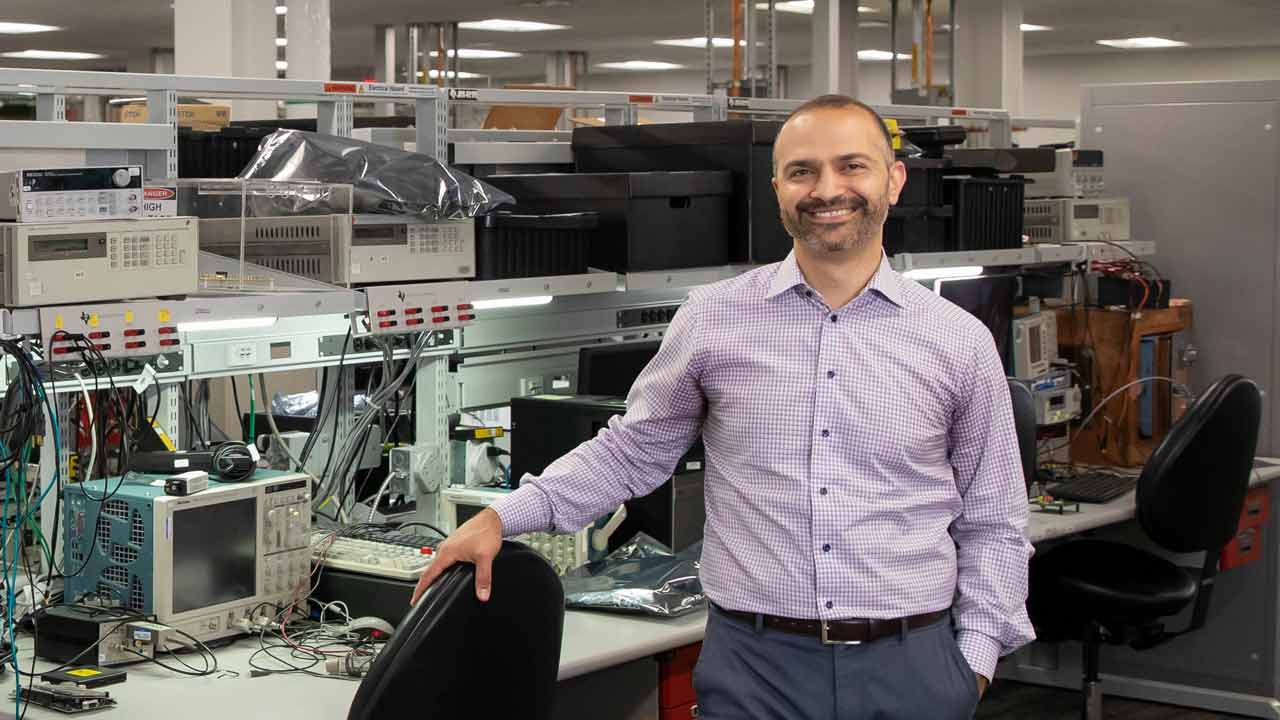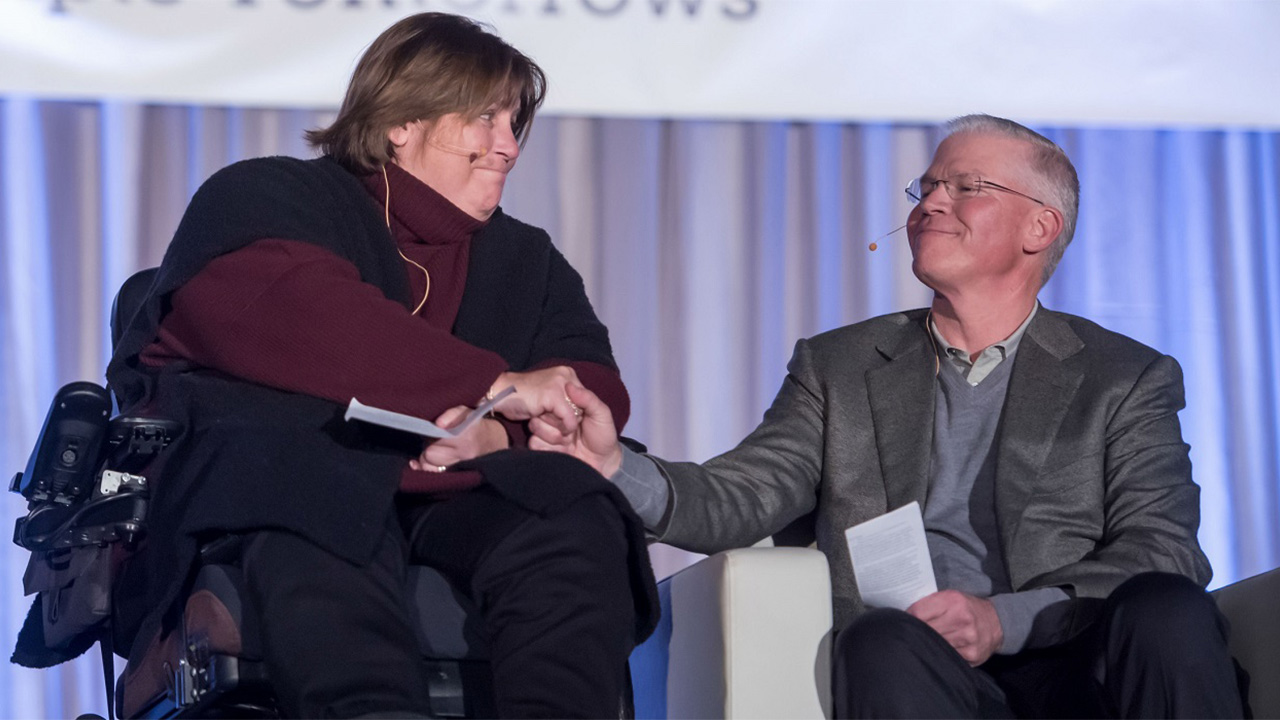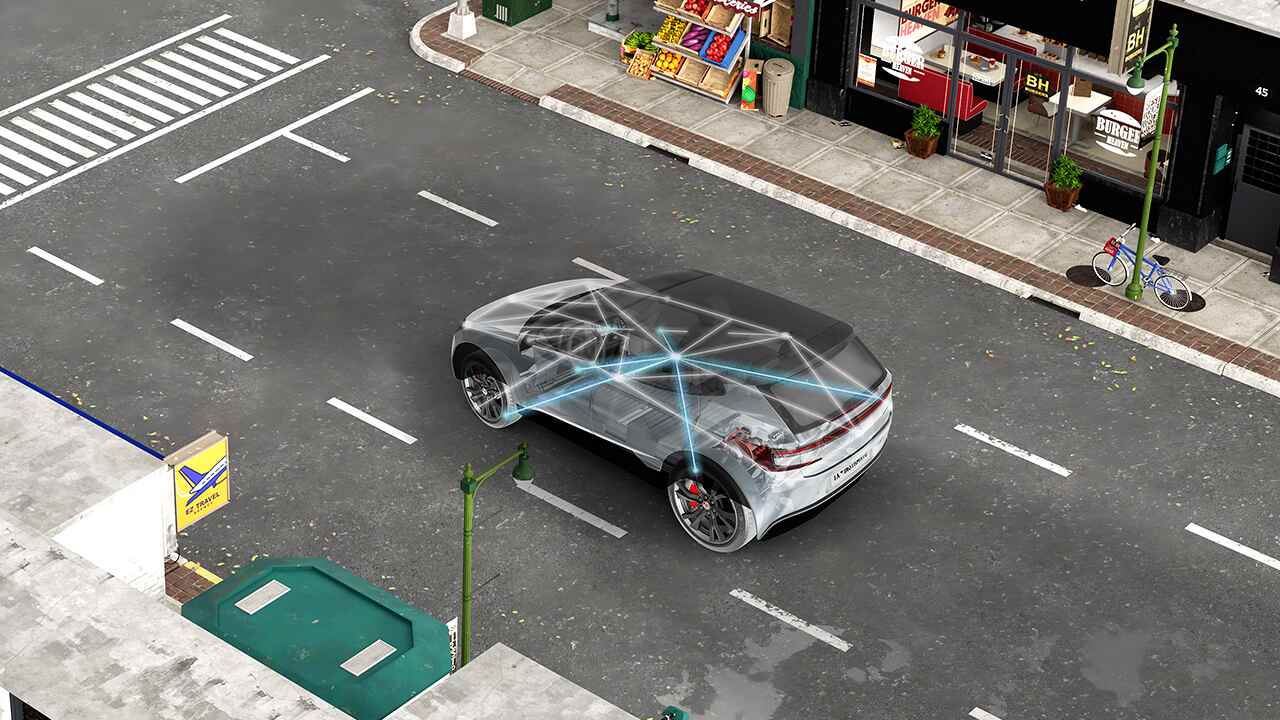Everything changed for TI engineers Matt and Gina Hann on March 7, when they were told to prepare for the end of their son’s life. At 5, Joseph had been diagnosed with a rare, deadly form of...
Everything changed for TI engineers Matt and Gina Hann on March 7, when they were told to prepare for the end of their son’s life.
At 5, Joseph had been diagnosed with a rare, deadly form of Batten. No clinical trial and no funded research existed on Joseph’s form of the genetic disease.
As engineers, Matt and Gina decided to approach the situation as a problem to be solved.
“Every parent should have the opportunity to turn the table on a terminal diagnosis for their children,” Gina said.
To turn the table for Joseph – who they lovingly call Jojo – Matt and Gina did what any engineer parent would do.
They started poring over every aspect of research and influence they could find to slow the progression of Jojo’s disease, search for hope, and work toward a cure.
Colleagues at our company connected Matt and Gina to Children’s Medical Center of Dallas and University of Texas Southwestern Medical Center, where they found their first dose of hope. The medical team had just begun a gene therapy program dedicated to neurological diseases, including Batten.
Gina and Matt knew they were in a race against time to save Jojo’s life. Within months of receiving the diagnosis, they founded Joseph’s Foundation for Batten Hope, a nonprofit dedicated to raising funds for a genetic therapy trial. They also transferred from our Tucson office to our Dallas office to be close to the care Jojo needs.
“You know when you have those moments when you wonder why we’re here? We immediately knew our purpose – we needed to help families who receive a similar diagnosis,” said Gina. “We could not just sit here and wait; we had to move the needle for the next family.”
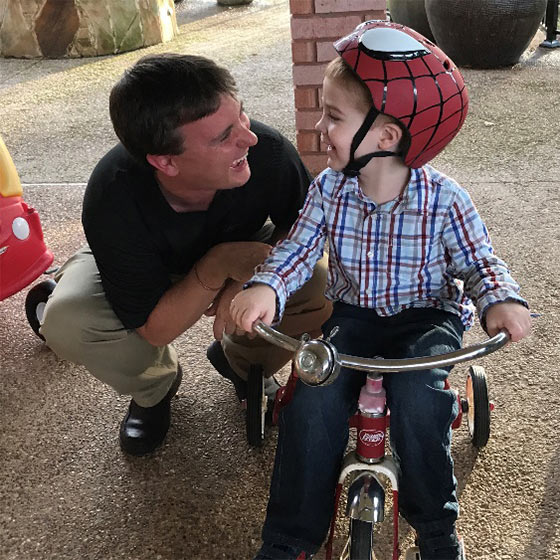
The outcome of the trial could be beneficial for other forms of Batten as well as other neurodegenerative disorders such as Alzheimer’s disease, Parkinson’s disease and epilepsy.
“What strikes me about the Hanns is that they really get it,” said Steven Gray, a specialist at the University of North Carolina Gene Therapy Center who has worked closely with the Hanns. “Gina and Matt are not just trying to treat Joseph. They see how this trial has the potential to help so many children with so many different diseases. It’s really quite remarkable how they’re not just fighting for their own son, but they’re fighting so that other parents don’t have to go through what they’re going through.
“That’s inspiring.”
As engineers, Gina and Matt understand the need to continue to innovate when the variables are unknown and the odds are stacked against them.
“We don’t know if we’ll have the treatment in time to save Joseph’s life. But if not Joseph, we may be able to save the lives of countless others,” Gina said.
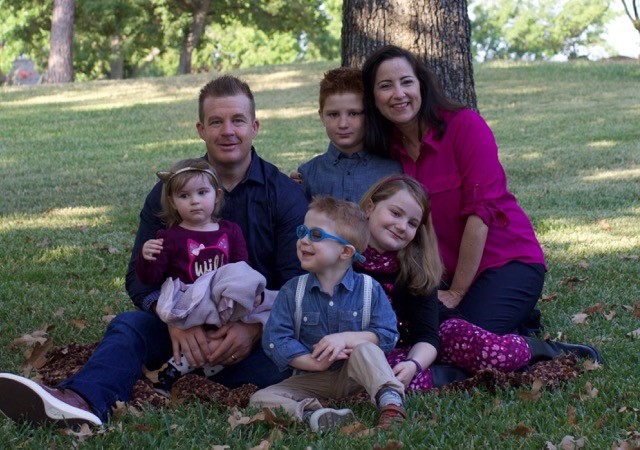
The fight for Jojo’s life - and so many others like him - is just beginning. Dr. Minassian and Dr. Grey agree that it’s clinical trials such as these that could change the course of genetic diseases forever. In the short term, the hope is to develop a cure for diseases such as these. In the long-term, Dr. Minassian’s hope is that a Batten diagnosis will no longer be death sentence, but rather a simple response: “Oh you have Batten? Take this pill.”
